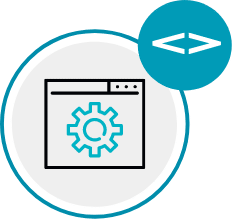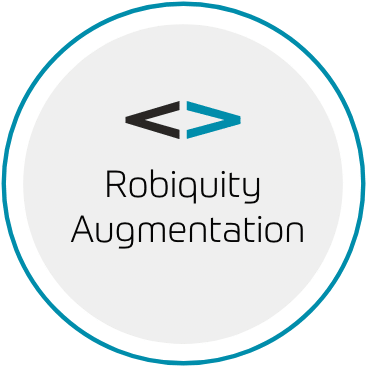Automotive
The automotive industry relies heavily on machine automation but the real competitive advantage comes from Intelligent Automation across business critical functions.
Robiquity have extensive experience in designing and deploying Intelligent Automation for businesses in the automotive sector. Much of our work has helped departments including customer service, HR, purchasing and manufacturing, bringing a wealth of improvements in efficiency.
Read more
Don’t take our word for it, this is what our automotive customers have to say

£20m
annual savings

“In the first full year of delivering RPA the Robiquity team returned £5.2 million in benefits”

Read more about our automotive sector use cases:
USE CASES
Automotive
Manufacturing
Stock Tracking
Read more
Automotive
Finance
Asset & Posting Capitalisation
Read more
Automotive
Product Engineering
Software Releases
Read more
Automotive
Manufacturing
Floor Stock Management
Read more
Automotive
Product Information
Balance Transfers (Accounts Payable)
Read more
Automotive
Product Information
Change Tracking / Validation
Read more
Automotive
Product Information
Cost Change and Procurement Authority
Read more
Automotive
Commercial Customer Service
Helpdesk Ticketing
Read more
Automotive
Product Information
Invoice Keying
Read more
Automotive
HR
HR Dispatching
Read more
Automotive
Finance
Pricing Amendments
Read more
Automotive
Product Information
Supplier Amendments
Read more
Automotive
Purchasing
Transaction Collation
Read more




